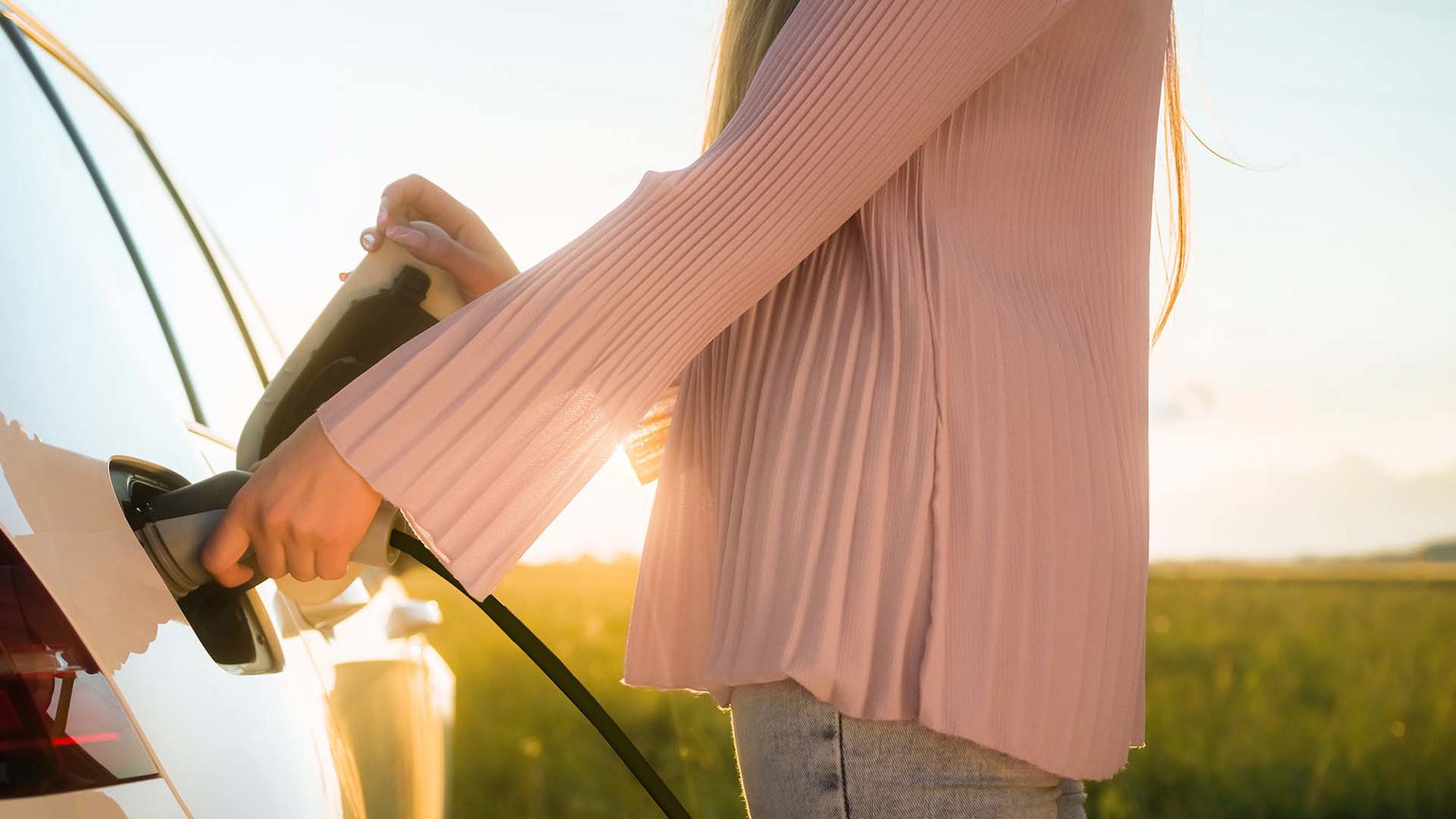Energy transition: slowing global warming, one home at a time
April 29, 2022 6 minutes readingThe international scientific community agrees that human activity is accelerating climate change and threatening our environment. It’s therefore urgent to take concrete action immediately. That includes speeding up what we call the energy transition. Below is an overview of what this entails and how we can all contribute.

An urgent and much-needed transition
The energy transition involves changing current energy production and consumption methods to renewable sources to slow global warming and environmental degradation.
Much of the world’s energy comes from fossil fuels. These release CO2 into the atmosphere, thus contributing to global warming. The energy transition is therefore a matter of decarbonization: progressively reducing use of the energies that emit greenhouse gases. According to the Intergovernmental Panel on Climate Change (IPCC), the rise in global temperatures must not exceed 1.5 °C if we want to avoid disastrous consequences on our ecosystems, including human life. To achieve this, the use of coal, oil and gas must be cut by 100%, 60% and 70% respectively by 2050. How? By transitioning toward new ways of producing cleaner energy and using it more intelligently.
The overall aim is to use the cleanest, most renewable energies to power the most polluting industries. Thankfully, 99.8%* of the power produced in Quebec is renewable, with hydroelectricity—one of the cleanest energies in the world—accounting for 94.5% of it. This puts us in an excellent position to make the transition.
Adopting more energy-efficient habits
Just because we’re using less fossil fuels and electrifying Quebec doesn’t mean that we shouldn’t continue to watch our consumption. Quebecers are among the world's greatest electricity consumers! And with population growth, the digital switch and transportation electrification, our energy needs have also increased.
Keep in mind that the greenest energy will always be the energy that doesn’t get used at all. Awareness must be raised worldwide. Every nation must commit to adopting the kinds of habits that help save energy daily.
The smart home as an energy transition tool
The energy transition also involves new technologies. Enter the Hilo smart home and its range of connected products (thermostats, outlets, switches and so on), all of which can be controlled from a single mobile app. Increasing your comfort level and optimizing your energy use has never been easier!
In winter, Hilo invites you to reduce your consumption during peak periods (i.e. when electricity demand is at its highest) to take pressure off the grid, offering cash rewards in exchange. Acting as a virtual power plant, Hilo controls customer demand to help free up energy for other purposes like the electrification of transportation. This forestalls the need to buy non-renewable energy from neighbouring markets and helps us move away from fossil fuels.
A win-win solution for your budget, the community and the planet—and a concrete way to help build a greener world. Join the Hilo movement today!
*Statistics Canada, 2018 — Hydro-Québec, 2017


